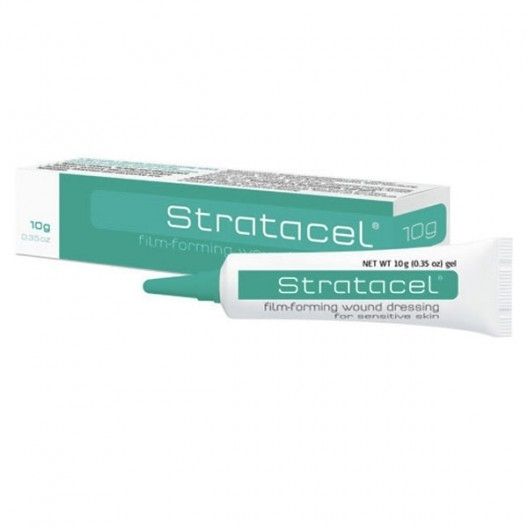Arm Lift
Arm lift (or brachioplasty) is the most effective way of providing more elegant and even contour to the upper arms.
Our skin tends to sag and loosen over time, and, as we age, it loses its elasticity and firmness, which is especially visible in the upper arm area. Due to unavoidable aging or significant weight loss, excess skin or fat forms around the upper arm, which tends to be floppy. Many patients try to resolve this with exercise or healthy diets, but neither of these strategies is able to reduce excess skin.
Arm lift is the right procedure for you if:
- Your arm skin is loose and saggy, and has lost its elasticity;
- You have excess fat deposits around the upper arm;
- You lost significant weight and have excess skin around the upper arm.
What you should know:
- The contour of the arm becomes noticeably more elegant immediately after the surgery;
- Swelling and bruises may be visible for about a week;
- Surgery scars begin to fade after 8 to 12 weeks and, with time, become hardly visible.
PROCEDURE STEPS
1. Consultation with plastic surgeon
During your consultation with a plastic surgeon, they will inspect your arms and assess your physical health. The surgeon will also discuss with you all available procedures and answer all procedure-related questions you might have.
2. Preparing for surgery
For best results, it is important that you also take steps to prepare for the surgical procedure. This is why you should consider quitting smoking and consuming alcohol and stop taking certain medicines.
3. Surgical procedure
The surgery takes 2 to 3 hours. The procedure is performed under general anaesthesia. A horizontal incision is made from the elbow to the inner or posterior part of the upper arm, which is then followed by removing excess skin and undesirable fat deposits. The skin is then draped back over the upper arm and closed with non-absorbable sutures, applying a bandage.
4. Outcome and recovery
The amount of time it takes for recovery varies from one patient to another, but it is significantly extended if they smoke. You might need painkillers once the general anaesthesia wears off.
Healing process:
- It is recommended to return to work in 2 weeks after the surgery;
- Exercise can be resumed in 4 to 6 weeks;
- Incision sites must be protected against direct sunlight for around 6 months;
- Sutures are removed after 2 weeks;
- Special elastic sleeves will have to be worn for 3 to 4 weeks.










